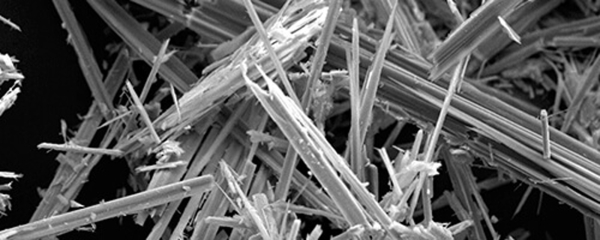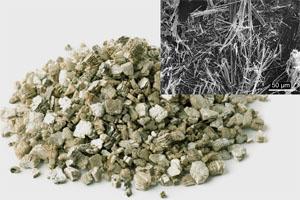Your Exposure to Asbestos
You can be exposed to asbestos when you renovate or demolish a house or building. Asbestos-containing building materials can release small asbestos fibers into the air during the following activities:
- drilling;
- sawing;
- grinding;
- scraping;
- removal;
- transportation;
- dismantling;
- smoothing out rough edges.
Building materials containing asbestos may include:
- vinyl asbestos floor tiles;
- acoustic ceiling tiles;
- roofing shingles, roofing felt and siding;
- plaster, including acoustic plaster;
- older surface coatings such as:
- painting, exterior siding;
- putty;
- gypsum panels;
- caulking materials;
- sealants;
- filling materials;
- roofing materials such as tar paper;
- insulation materials, including pipe and hot water tank insulation.
Health risks from asbestos exposure
Breathing asbestos fibers can cause cancer, but there is no significant health risk if the materials that contain asbestos in your home are:
- closely related in products and are in good condition;
- sealed behind walls and planks;
- isolated in an attic;
- left undamaged.
Reduce your risk of exposure to asbestos
At home
You can reduce your risk of exposure by hiring a professional to do an asbestos test before you start:
- renovations or redevelopments;
- demolitions;
- additions.
If a professional detects asbestos, hire a qualified asbestos removal specialist to get rid of it before you start your work. Avoid moving materials containing asbestos yourself. This will increase the risks to your health and that of your family. Contact the workplace safety authorities in your province or territory to find out the qualifications or certifications required from asbestos removal specialists in your area.
If you have vermiculite insulation in your attic, it might contain asbestos. To avoid exposure to asbestos fibers, do not disturb the vermiculite insulation in any way and do not try to remove it yourself.
Be sure that :
Children are not allowed into the attic, the attic is not used for storage or for any other purpose you hire professionals trained in handling asbestos if you are planning any renovations or remodeling of the building , all cracks and holes in the ceiling of the rooms under the insulation are filled with a sealant caulking is applied around the light fixtures and the attic access hatch to prevent the insulation does not pass through.
If you have vermiculite insulation in your attic, some of that insulation may have fallen inside the walls over time. Therefore, be sure to seal all cracks and holes that are found with caulk:
- around door and window frames;
- along the plinths;
- around electrical outlets.
The repair, reclamation and replacement of asbestos-cement water pipes is a growing concern for utility workers, due to the activities of cutting, polishing, demolition, transportation and disposal of waste behaviors they entail. In many regions, utility companies must adhere to strict regulations regarding the different types of asbestos their employees work with.
Owners of public and commercial buildings should maintain an inventory of materials containing asbestos to inform their tenants, authorities and contractors.
Federal, provincial and territorial occupational health and safety agencies are responsible for establishing limits for exposure to hazardous substances in the workplace. Their legislation also obliges employers to inform and train their workers in the safe use of such products.
About asbestos
There are several minerals commonly referred to as "asbestos". These minerals can be used to make strong, durable and fire resistant products.
Before 1990, asbestos was mainly used for the insulation of buildings and homes against cold and noise. It was also used for fireproofing.
Marketed in Canada from the late 1920s to the early 1990s under the name Zonolite ™, this ore from the Libby mine in Montana is impregnated with tremolite: the most dangerous form of asbestos. It represents a risk of cancer.
Some vermiculite deposits may cross a hydrated silicate of a fibrous nature, tremolite, which turns out to be the most dangerous form of amphibolic asbestos. It suffices that the vermiculite ore is impregnated with it (in very small quantities, generally) to present a health risk.
This is what happened at the Libby site in Montana (United States): dust contaminated hundreds of workers and the ore extracted. It was used in many buildings constructed in the United States, Canada and elsewhere in the world from 1919 to 1990, when the site was closed, which the United States Environmental Protection Agency (EPA) undertook to clean up.
Does this mean that vermiculite is dangerous?
A priori no, because the offending insulation (known as “zonolite™” in Canada) has not been accessible since 1995.






